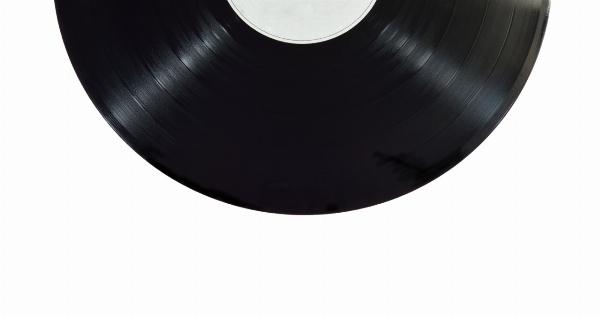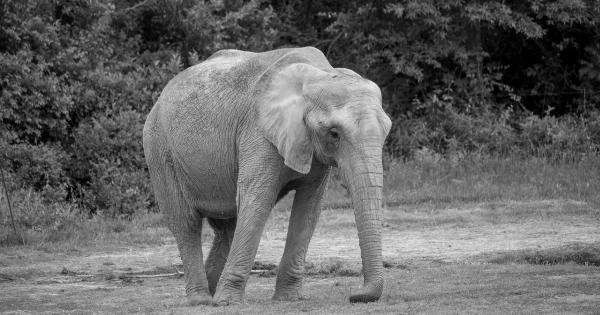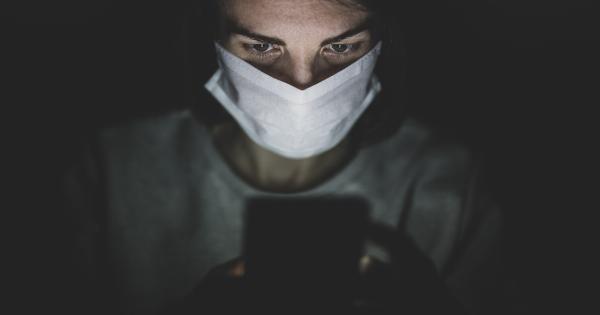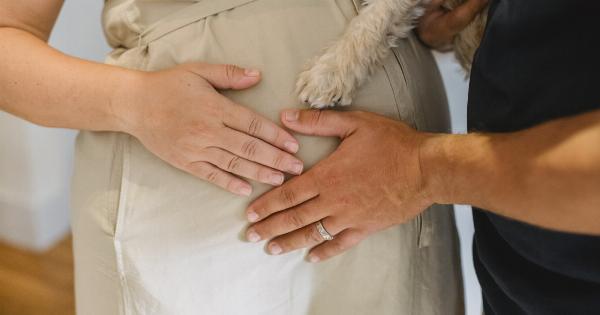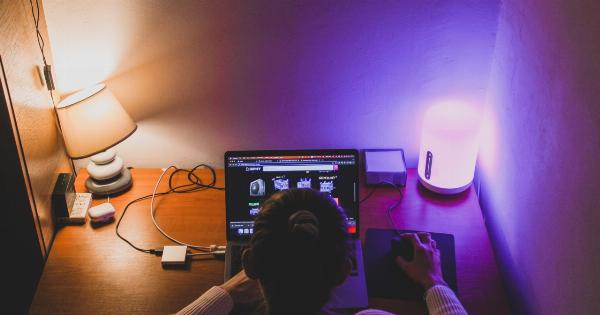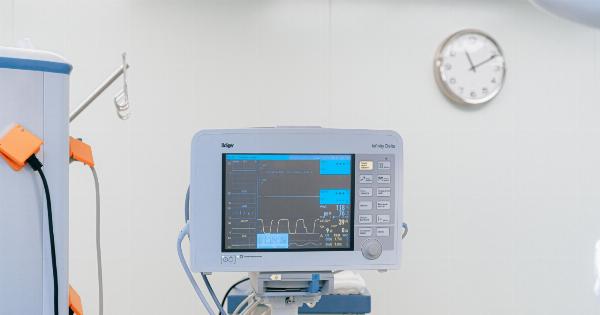Spinal disc herniation, also known as a slipped disc, is a common spinal condition that affects millions of people worldwide.
It is characterized by the protrusion of the intervertebral disc into the spinal canal, which can lead to nerve compression, pain, tingling, and weakness. The condition can be caused by age-related degeneration of the spine, trauma, and improper lifting techniques. The symptoms of spinal disc herniation can vary depending on the severity of the condition, but it can be debilitating if left untreated.
The Anatomy of the Spinal Disc
The spinal disc is a shock-absorbing structure located between the vertebrae of the spine. It is composed of two parts: the outer ring, called the annulus fibrosus, and the inner soft, gel-like center, called the nucleus pulposus.
The spinal disc plays a crucial role in the spine’s flexibility and movement, allowing us to bend, twist, and turn.
The Causes of Spinal Disc Herniation
Spinal disc herniation can be caused by a variety of factors, including:.
- Aging: As we age, the spinal discs lose water content, making them less flexible and more prone to injury.
- Trauma: Traumatic injuries such as falls, car accidents, and sports injuries can cause spinal disc herniation.
- Improper lifting: Lifting heavy objects improperly can put stress on the spinal discs and lead to herniation.
- Genetics: Some people may be predisposed to spinal disc herniation due to their genetics.
The Symptoms of Spinal Disc Herniation
The symptoms of spinal disc herniation can vary depending on the location and severity of the condition. The most common symptoms include:.
- Back pain: This is the most common symptom of spinal disc herniation. The pain may be localized to the affected area or may radiate down the legs or arms.
- Numbness or tingling: Compression of the nerves in the spinal canal can cause numbness, tingling, or a pins-and-needles sensation.
- Muscle weakness: Severe herniation can cause muscle weakness, making it difficult to move or lift objects.
- Bowel or bladder problems: Rarely, severe cases of spinal disc herniation may cause bowel or bladder problems due to nerve compression.
The Diagnosis of Spinal Disc Herniation
Diagnosing spinal disc herniation typically involves a physical examination and imaging tests such as X-rays, CT scans, and MRIs.
The doctor will check for the location and severity of the herniation and determine the best treatment approach based on the patient’s symptoms and medical history.
The Treatment of Spinal Disc Herniation
Treatment for spinal disc herniation typically involves a combination of conservative measures and treatments. Conservative measures can include rest, ice and heat therapy, physical therapy, and pain medication.
In some cases, the doctor may recommend injections to help reduce inflammation and pain. Surgery may be necessary in severe cases, such as when the patient experiences severe or persistent pain, loss of bowel or bladder function, or progressive muscle weakness.
Preventing Spinal Disc Herniation
The best way to prevent spinal disc herniation is to maintain a healthy weight, exercise regularly, practice proper lifting techniques, and avoid smoking, which can accelerate the degeneration of the spinal discs.
The Bottom Line
Spinal disc herniation is a common spinal condition that can affect anyone, but it is more common in older adults and people who engage in activities that put stress on the spine.
The condition can be debilitating if left untreated, but most cases can be effectively managed with a combination of conservative measures and treatments. If you suspect you may have spinal disc herniation, see your doctor for an accurate diagnosis and appropriate treatment.

